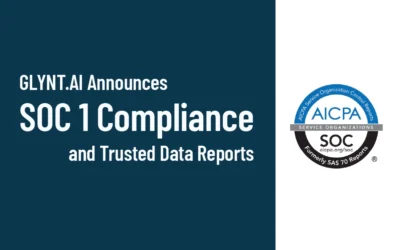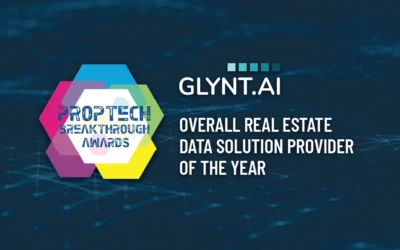But how many software products do you know that are fully AI-powered and that work for the Citizen Developer? To make the grade, the software must have a low-code/no-code interface, deliver powerful AI results and have a self-contained tech stack. The Citizen Developer market is demanding.
Second, AI-powered products must fit into tech stacks and intelligent workflows. The AI product itself is not enough. Streaming data, automated workflows and automated decision systems need several technology components to deliver results, no one company is best at it all. From the customer side, quality of performance and ease of integration are equally important. The AI product must play nice with others.
3. The Fading Power of Big Data in AI. Our product, GLYNT, is based on a unique AI system that requires very little training to deliver highly accurate results. We were delighted to read the views of Rob Toews, a venture investor, who sees the same disruptive force that we do. (See Rob’s recent article in Forbes). Rob highlights several techniques that reduce the need for data when training AI, including few shot learning. GLYNT’s machine learning platform is based on this approach, and might be the first in the world to have few shot in production (Nice work team!). When only a little data is needed, the little guy can compete in an AI-powered world.
“It is ironic that healthcare systems are drowning in sensor data, but still can’t read medical and insurance documents at scale.”
And even more importantly, AI can now provide customization and personalization like never before. Instead of one large AI training system that produces a few general answers, AI can be setup and trained to answer questions on fairly small data sets. Have you seen those MSFT commercials about how AI finds snow leopards in an image? AI with smaller training sets makes the same work possible for all sorts of animals, not just the glamorous snow leopards.
4. Edge to AI: It Worked for Sensors, Why Not Documents? It is ironic that healthcare systems are drowning in sensor data, but still can’t read medical and insurance documents at scale. Also ironic that manufacturing systems rely on iot sensors to monitor production lines, but simply stuff the paper printouts into filing boxes. Sensors produce a clean, simple stream of data. No wonder they got integrated first. But with GLYNT, documents are similarly easy.
GLYNT is highly accurate, avoiding the need for teams of humans to clean up data after it has been extracted from the document. This capability translates into a simple user experience: Documents in, data out. With GLYNT’s pre-trained library of models, reading documents is as easy as hooking up an iot sensor.
5. In Workflows and Operations Accuracy Always Matters. We’re not surprised that the first use cases for AI-powered products are in marketing, consumer sentiment and sales. The consequence of an error in these markets is small. For example, if an AI system makes a correct prediction 65% of the time and this is better than the 50-50 coin toss previously used, and delivers millions in new revenues, who cares about the error?
But in an automated workflows and for scalable operations, when one technology is passing data to another, data quality always matters. Trifacta, for example, estimates that bad data costs the average organization nearly $10 million per year. If AI wants to get paid, it had better deliver accurate results. AI without accurate results simply won’t get adopted. From the customer perspective it will be better to wait, and see what pops up next year.
The bottom line for 2020? AI is now deep in norms of enterprise software. It must play nicely with other technologies and deliver a strong ROI. AI is powerful, and in 2020 the products and companies that deliver AI-powered products within the buying patterns of enterprise software will leap ahead.




